What will 2021 bring for spaceflight and missions beyond Earth orbit? Sarah Al Amiri, Chair of the UAE Space Agency, reveals what she's most looking forward over the next 12 months and discusses some of the key concepts that are going to be influencing spaceflight this year, from Mars missions to sustainability.
1
We’re going to Mars
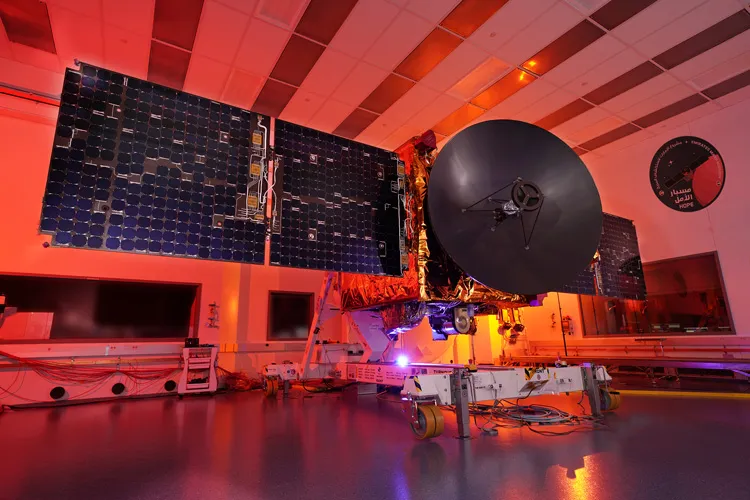
One prediction I can most assuredly make is that the Emirates Mars Mission will reach Mars orbit insertion on 9 February 2021. By April we’ll have pivoted from our ‘capture orbit’ to our ‘science orbit’ and by September we’ll be sharing our data stream with scientists and researchers around the world.
For the coming Martian year (about 2 Earth years), we’ll be analysing the atmospheric dynamics of Mars. We’ve got our fingers crossed for a planetary dust storm because the Hope probe is equipped to measure what stands as one of Mars’s most enigmatic phenomena.
2
Space is open for all, and it will open more
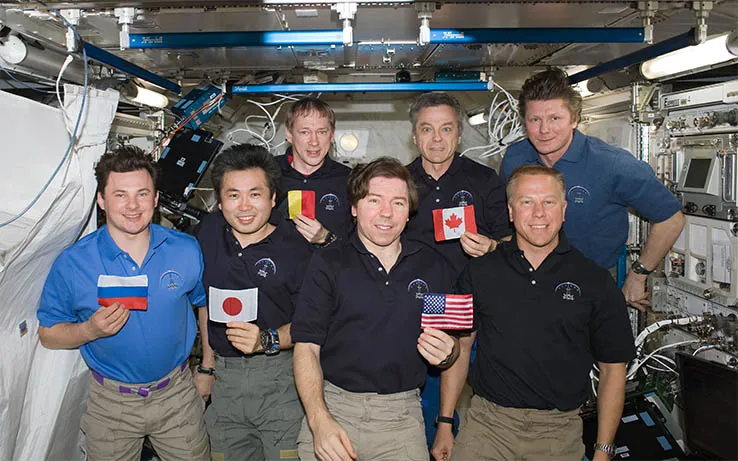
The Emirates signed the Artemis Accords (an international agreement of governments participating in space exploration) in 2020 and we fully expect many more nations to accede to the protocols in 2021: further clarification of the open standards, interoperability and teamwork in space systems research and space exploration.
As a key international partner and collaborator, we believe passionately in any move that helps the international community better work together on a level and cooperative playing field.
3
The role of governments will change
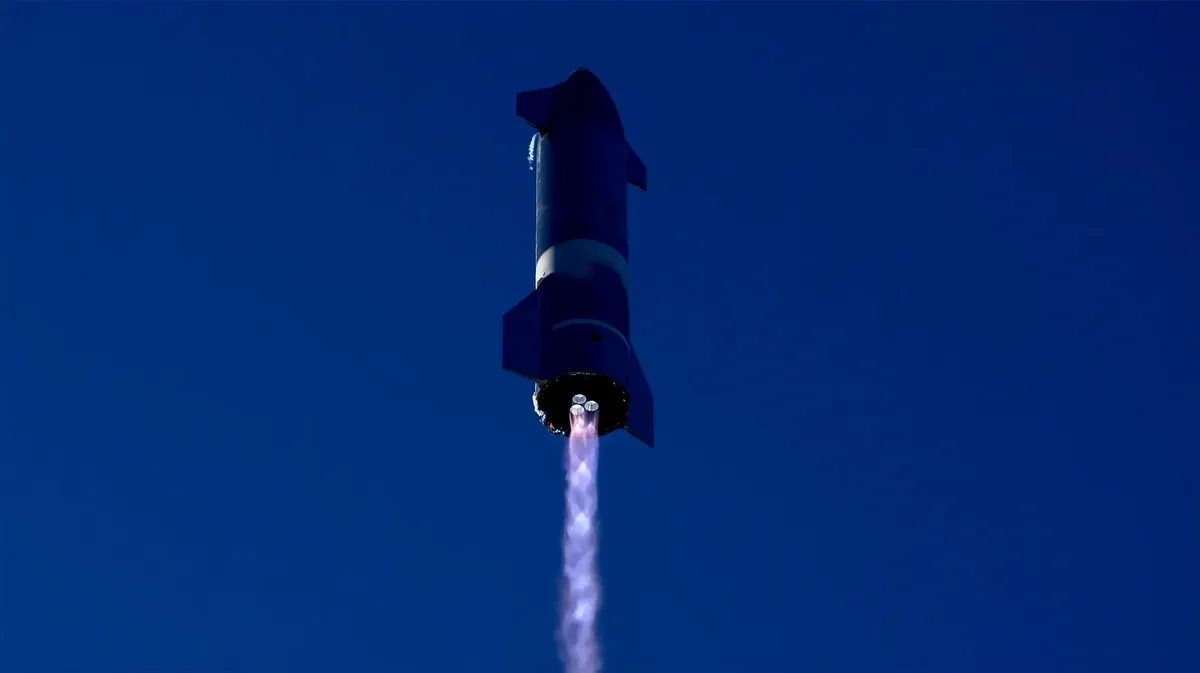
More and more private sector players are joining in space exploration and their participation is changing the landscape, as more nimble operators are exploring faster innovation methods. Instead of spending 10 to 15 years developing huge and complex platforms, innovators are deploying CubeSats and small-scale satellites.
The vitally important role of SpaceX, for instance, in NASA’s human spaceflight programme shows clearly that private sector players are not only here to stay, but are displacing more traditional models of space exploration.
4
Missions on a laptop are the new norm
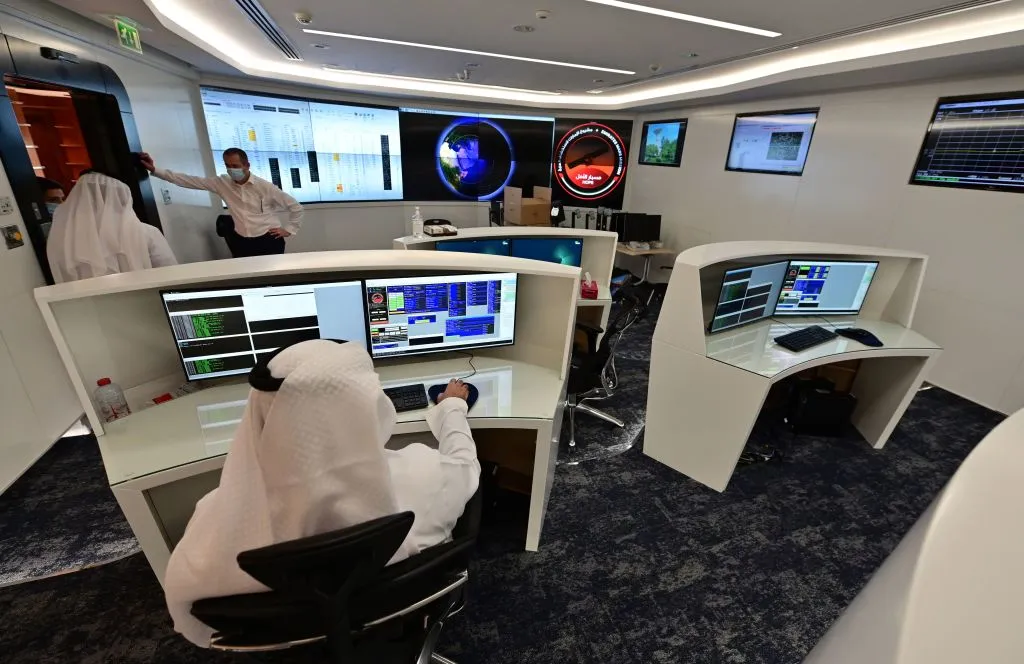
Last year showed us that we can move away from outdated ideas of a physical ‘workplace’, with COVID-19 accelerating the modernising move to remote working. The Emirates Mars Mission was completed by a multinational team all working from home, conducting calls over Zoom.
The images many of us hold in our minds of hundreds of workstations around giant 100-metre screens are a thing of the past. The Emirates Mars Mission’s control facility is a cluster of small rooms with desks, laptops and screens. This is a clear sign of the increased agility that is transforming the sector.
5
Sustainable space exploration
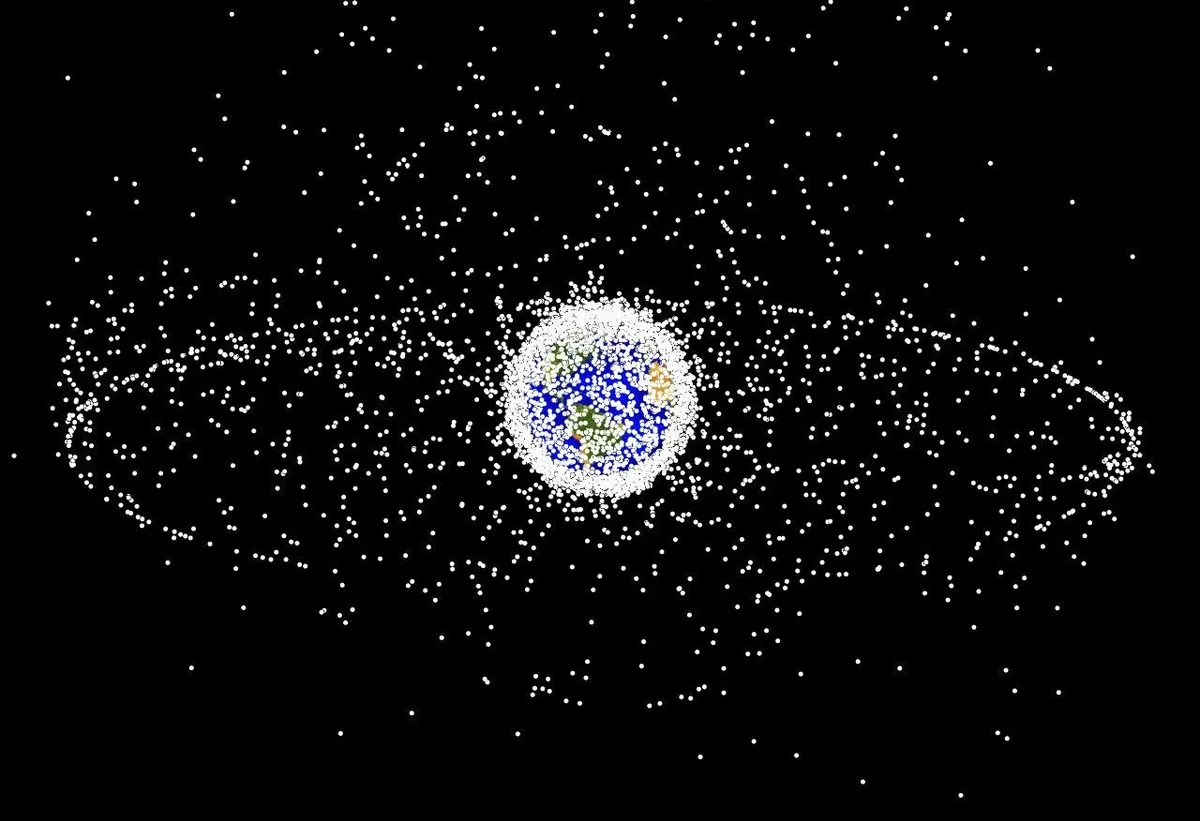
We have a greater understanding than ever before of our planet, provided by the new data sets we have access to. Ironically, as it becomes easier to launch smaller satellites for planetary exploration, the potential proliferation of space debris and harm to the precious space environment increases.
We must not neglect our responsibilities to protect Earth’s atmosphere in the process – the tiny layer of atmosphere surrounding our planet is the only breathable atmosphere we have observed that is available to humanity.
In 2021 we will look for more innovative solutions to address space junk, such as by using a ‘vacuum-cleaner’ method, without prohibiting the development of the space industry or restricting access to space by imposing design restrictions on current spacecraft.
Her Excellency Sarah Al Amiri is the Minister of State for Advanced Technology and Chair of the UAE Space Agency. Follow her on Twitter @SarahAmiri1.
This article originally appeared in the February 2021 issue of BBC Sky at Night Magazine.
